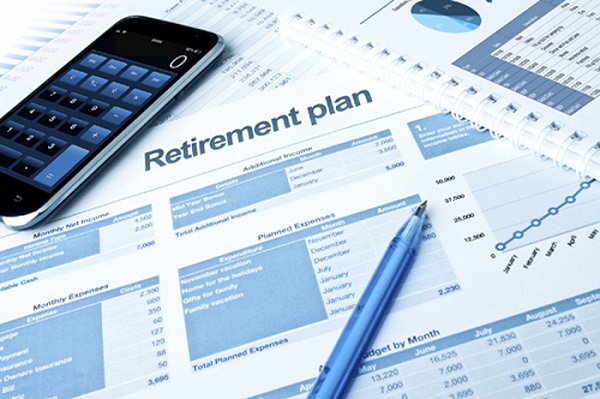
Freelancing is more common than many people realize. According to a study commissioned by the Freelancers Union, some 57 million Americans work as freelancers—more than one-third of the entire active workforce.

Freelancers: Start Planning for Retirement Now
Not everyone is a committed, lifelong freelancer. Some see freelancing as a source of side income: a means of supplementing your main income source. Others do it to fill gaps between traditional jobs—making it easier (and more comfortable) to hold out for the perfect role. But many freelance for the long haul, trading the security and predictability of traditional employment for the flexibility and possibility of independent work.
While committed freelancers are to some extent captains of their own fate, they’re more vulnerable than traditional employees to financial uncertainty and hardship. Freelancers generally lack access to financial perks that W-2 employees take for granted—for instance, the beloved employer 401(k) match and employer FICA contributions. (Freelancers must pay both the employer’s and employee’s shares to Social Security and Medicare; this is known as the self-employment tax.)
In other words, freelancers need to watch their finances like hawks and begin planning for retirement as early as possible. Those who need guidance should consult with an investment adviser to make sure they’re saving for retirement the right way.
You Need a Solo 401(k)
Even if they’re not formally incorporated, independent freelancers can behave like small businesses for tax purposes. One of the most lucrative manifestations of this perk is the solo 401(k), a single-member business retirement plan designed specifically for independent professionals. You can contribute up to $18,500 of earned income plus an additional 25% of your net earnings, up to a total annual contribution of $55,000, on a tax-advantaged basis.
A Health Savings Account Can Reduce Long-Term Health Care Costs
Worried about long-term health care expenses? Open a health savings account (HSA) and contribute up to $3,400 in pre-tax dollars (for 2017—future years’ contribution limits may be higher). You can use HSA funds to cover a variety of health care costs, including prescription copays and coinsurance.
Predictable Income Is Your Friend
Freelancing is by nature unpredictable, so it pays to establish longer-term relationships that provide a modicum of predictability, rather than intermittent project-based work. As your share of income from ongoing engagements increases, develop a savings plan—and stick to it. Try to set aside at least 10% of your after-tax income for retirement.
Your Strategy May Change As You Grow
Freelancers fortunate enough to have more work than they can handle may be tempted to scale their operations, bringing other contractors on board or outsourcing work. Their retirement strategies change accordingly—for instance, SEP IRAs and SIMPLE IRAs allow for multiple employees on the same plan, unlike solo 401(k)s.
It’s Never Too Early To Start Planning for Retirement
If you’re a freelancer worried about saving enough for retirement, the most important thing you can do right now is simply to get started. Reach out to a licensed financial adviser to learn more about retirement planning—and what you should do, and when, to apply the tips outlined here to your specific situation.







